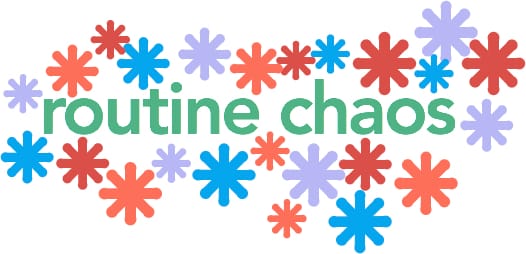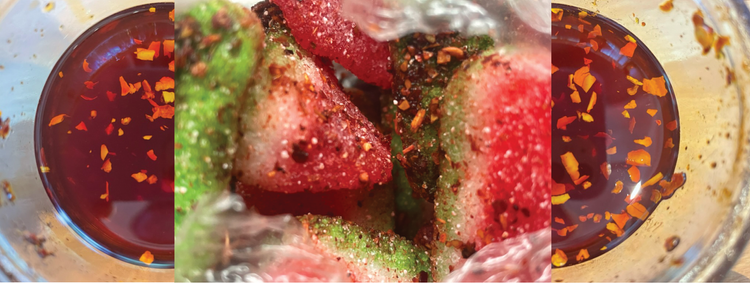What happens after you visit the sausage factory

Two quick links to start things off:
- Fascinating to see a leader from the Carnegie Foundation talking about the diminishing relevance of the Carnegie Unit. It’s probably right up there with standardized testing in shaping the current state of secondary education in the US, and it’s been looking a bit long in the tooth for a while. Not only would I like to see the system move beyond the Carnegie Unit, I’d also like to see it not replaced with any single standard.
- On that note, EdSurge uses the lens of the XQ Schools to ask the question of how high school could look differentwith less of this clear distinction between subjects and why COVID may have primed the system itself for some of this transformation.
Pre-COVID, boundaries between disciplines were already blurring, regimented career pathways were already breaking down, traditional modes of knowledge transfer had already been displaced, and so on. The conditions for change were already in place…and they had been for a while. COVID was a catalyst because remote schooling raised families’ awareness of the details of what was happening inside the walls of their local school on a day to day basis. In the case of high school, I imagine a lot of them witnessed a lot of time being wasted & a lot of boredom being produced - in itself, probably not a recent phenomenon - and had to answer to a lot of “whys” behind it. I also imagine a lot of them saw their children find other, interesting things to do during that time that didn’t come from the school; I imagine a lot of them saw their children not have to deal with identity threats and punitive disciplinary systems. But also, isolation & disconnection & disengagement. At the end of it all, a lot of them had a clearer understanding of what they valued out of in-person school…but I suspect it was largely the social aspects and identity formation that happen informally rather than the formal academic structures. There are a couple consequences of this that jump out:
- The rise in chronic absenteeism in students. More and more students are not showing up for larger numbers of school days. Real talk: while we might not have reached the level of “chronic,” I see this dynamic in my own household. My kids absolutely miss more school post-COVID than they ever did pre. I can attribute some of it to increased vigilance around sickness, but there’s an awful lot of it that comes back to knowing that a day at home isn’t a wasted day. They can still do meaningful and valuable learning without the structure of school.
- The openness to alternatives, including unbundling. That sharpened clarity about what you actually need & value can open up a lot of new possibilities about how to get those things. The simplest answer historically has been to just send kids to school. That answer both feels less satisfying, and the alternatives are becoming more appealing.
This isn’t the death knell for the great American high school. Very little changes dramatically and overnight in public education, but contrary to that old chestnut about Rip van Winkle recognizing a school even after he wakes from his long slumber, things do change in education. And this is a moment where the rate of change could be increasing.
If you’re wondering what I would like to see high school look like, well I have good news for you! This was one of the specific areas of inquiry from this summer’s Traveling Circus and while we used summer school as a vehicle, part of the big idea is what could be possible for high school writ large. And, as it so happens, we put together a little video about the experience…
If you’re the kind of person that might be interested in bringing FutureShock to your school this summer, you can respond to me directly on this email… Seriously, let’s talk!






Member discussion